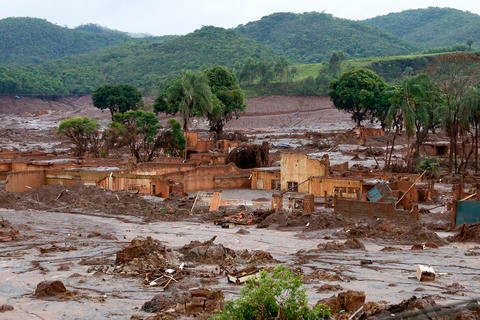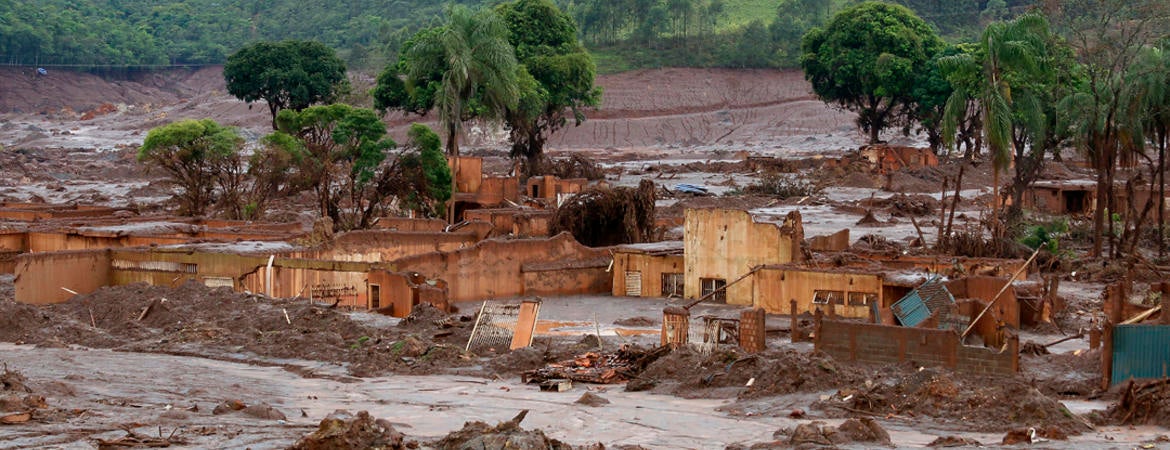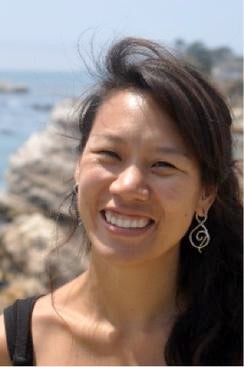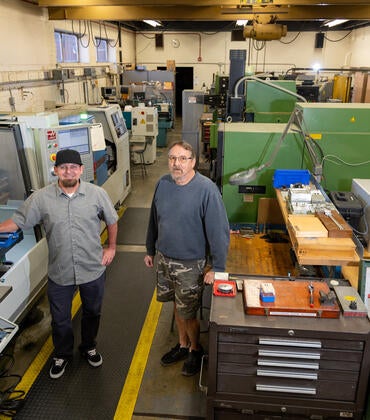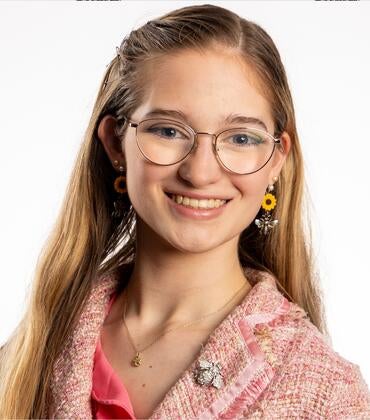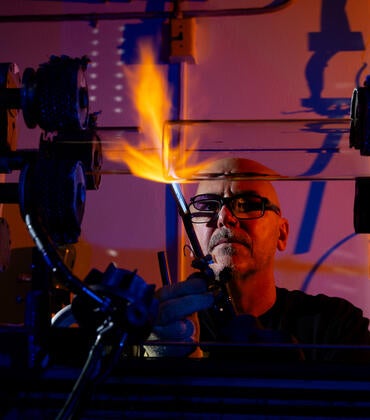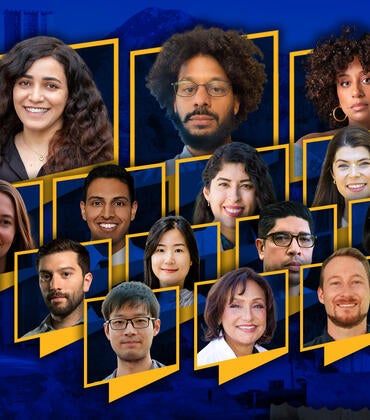UCR soil scientist Samantha Ying has won a Fulbright Award to understand the environmental effects of the 2015 Fundão dam disaster, widely considered the worst in Brazilian history.
The dam break killed 19 people and sent more than 14.5 billion gallons of toxic metals rushing toward the Atlantic Ocean.
With soil rich in iron, gold, copper and other minerals, Brazil’s mining operations are large and numerous. Dams like the Fundão are built to prevent mine waste from flowing downstream. When they fail, the mine tailings can affect a variety of waterways, including ecologically sensitive wetlands and estuaries.
Mine tailings are a mixture of mud and metals that start out as solids and undergo chemical transformations as they travel downstream, interacting with elements in the waterways. As they move through different environments, Ying said they can become increasingly mobile and toxic, meaning they can spread to additional rivers more quickly as they move, and cause increasing amounts of damage.
The Fulbright award enables Ying to head to São Paulo, Brazil in 2020 to examine the long-term effects of the Fundão mine tailings on a protected coastal estuary.
The Doce River coastal estuary contamination has negatively affected people who rely on the river for food and are vulnerable to long-term heavy metal exposure. There are also likely negative impacts to fish and plants living there. Despite these known consequences, there are still so many unknowns about the lingering effects within the estuary itself, said Ying, a professor of soil biogeochemistry.
“We want to determine if the metals from the mine waste will be slowly but continuously released over time, and whether changes in local climate will also cause a sudden pulse of toxic metals,” she said. “We ultimately want to know how these processes may harm native wildlife in the estuary. Learning about toxicity levels remaining in the environment and how they change over time will help officials target priority sites for cleanup.
Ying’s UCR laboratory typically investigates the way chemical changes in metals affect their behavior. Previous efforts have focused on arsenic and manganese contamination in groundwater, and the environmental conditions that increase its toxicity.
While keen to begin her studies of the 2015 disaster, Ying said there are implications of this research that extend beyond Brazil.
“People are constantly thinking about the quantity of water that we have, especially in California. But on top of the decreasing quantity, the quality is also going down,” she said. “It is important to consider processes that cause sources of drinking water to be contaminated.”
Established in 1946, the Fulbright program has given more than 390,000 Americans the opportunity to study, teach, conduct research and contribute to finding solutions to shared international concerns.
